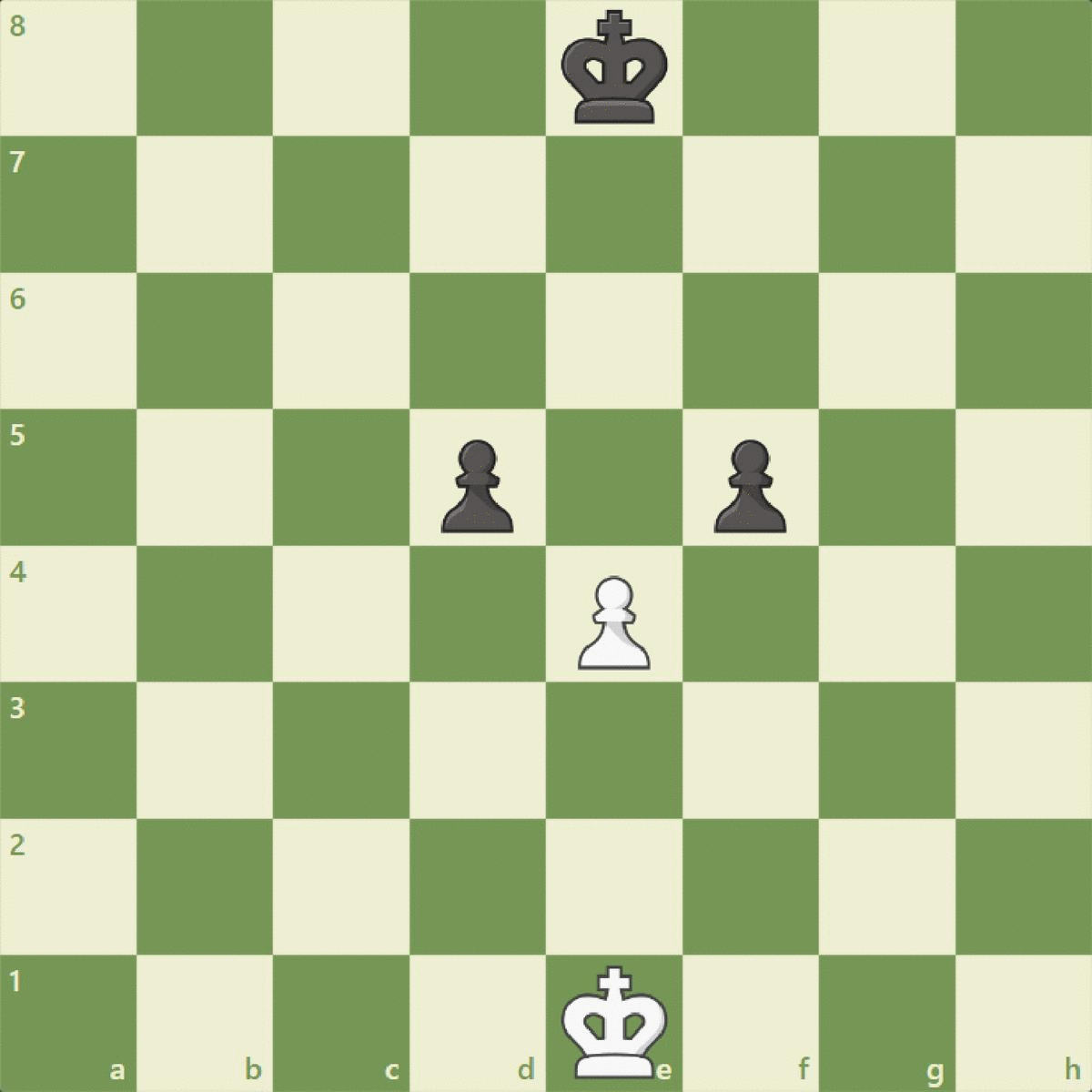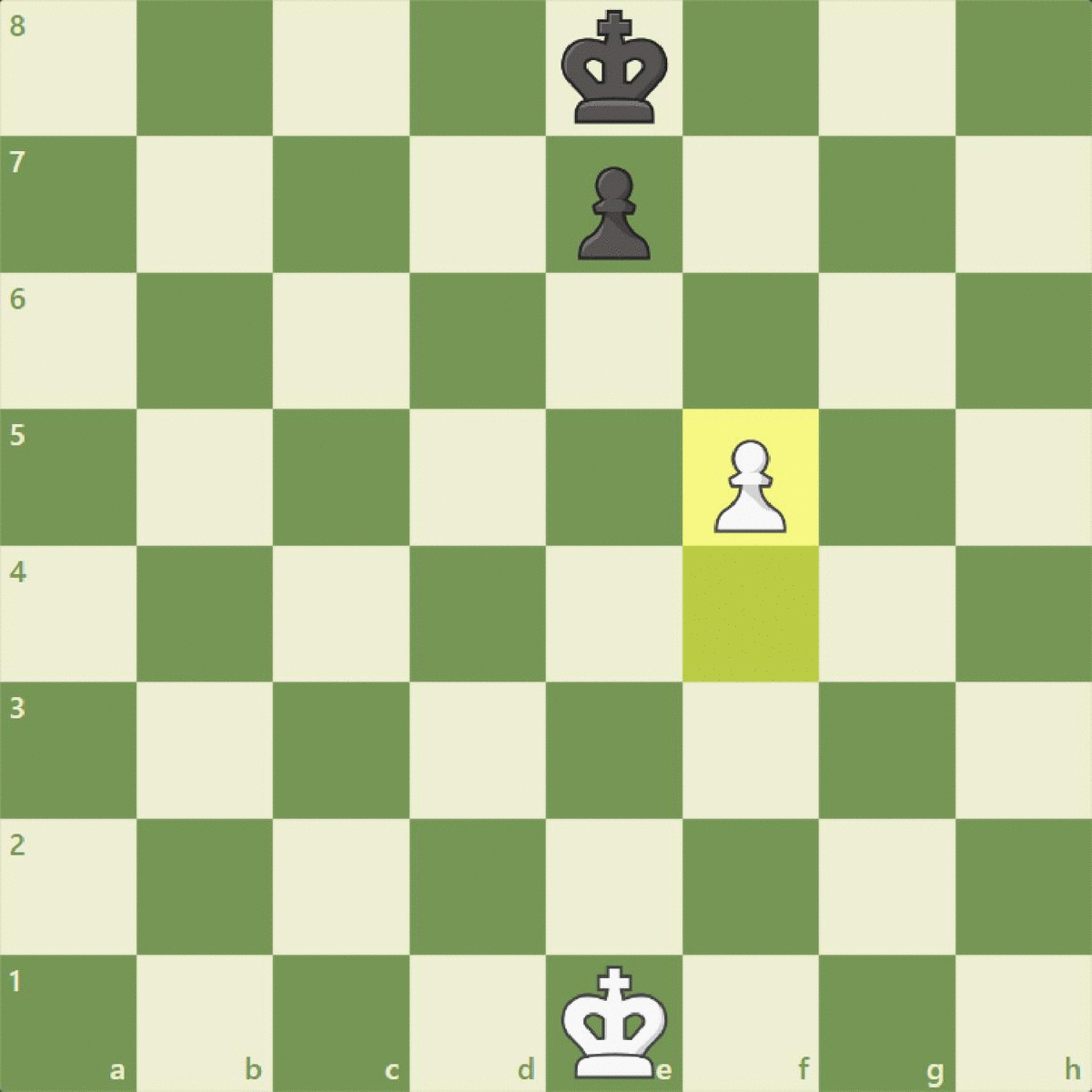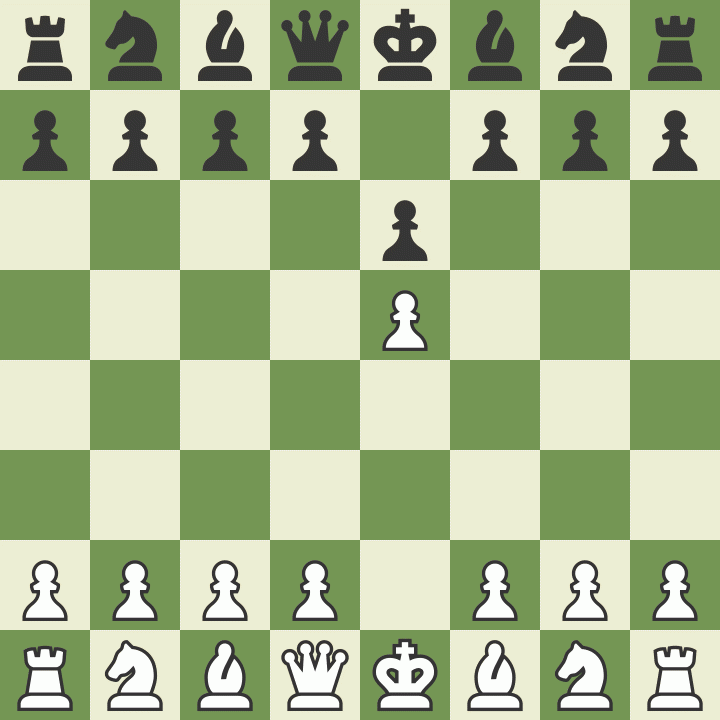
En Passant
En passant is one of those special chess rules that can surprise the less experienced players. Make sure you know everything about this rule, so you don't get caught off guard!
- What Is The En Passant Rule?
- History Of En Passant
- Examples Of En Passant In Chess Games
- Test Your Skills
- Conclusion
- Watch The Video Lesson
What Is The En Passant Rule?
The en passant rule is a special pawn capturing move in chess. "En passant" is a French expression that translates to "in passing", which is precisely how this capture works.
Pawns can usually capture only pieces that are directly and diagonally in front of them on an adjacent file. It moves to the captured piece's square and replaces it.

With en passant, though, things are a little different. This type of capture is the only one in chess where the capturing piece doesn't land on the same square as its victim.
To perform this capture, you must take your opponent's pawn as if it had moved just one square. You move your pawn diagonally to an adjacent square, one rank farther from where it had been, on the same file where the enemy's pawn is, and remove the opponent's pawn from the board.

There are a few requirements for the move to be legal:
- The capturing pawn must have advanced exactly three ranks to perform this move.
- The captured pawn must have moved two squares in one move, landing right next to the capturing pawn.
- The en passant capture must be performed on the turn immediately after the pawn being captured moves. If the player does not capture en passant on that turn, they no longer can do it later.
This type of capture cannot happen if the capturing pawn has already advanced four or more squares. Another instance where this capture is not allowed is when the enemy pawn lands right next to your pawn but only after making two moves.
To make these rules clear for you, take a look at the diagram below.
The notation for an en passant capture is the same as any other pawn capture. Note, though, that you should write down the square where the pawn has landed, not the one where the captured pawn was. The diagram below shows what the move 3.exd6 looks like:

History Of En Passant
The en passant move is closely related to another rule that was created centuries ago to make chess more interesting. In the olden times, pawns could move just one square at a time. To make games faster, people modified pawn moves: they could now jump two squares when leaving their home squares.
When the pawn moves changed, however, the dynamics of the game also changed. A passed pawn is an excellent advantage for the player who has it. But since a pawn could now move two squares on its first move, it was easier to create a passed pawn.
A passed pawn is a criminal which should be kept under lock and key. Mild measures, such as police surveillance, are not sufficient.
— Aron Nimzowitsch
The en passant rule was then created to prevent such a radical change in the dynamics of the game. This rule prevented players from being able to create passed pawns by merely jumping to the side of an enemy pawn, making chess more exciting to play.
Examples Of En Passant In Chess Games
En passant is a typical move observed in many grandmaster games. Here you can find a few cases where famous chess players used that move.
In this game between GM Magnus Carlsen and GM Loek van Wely, Carlsen captured van Wely's pawn en passant.
Lastly, this exquisite and rare example of an en passant move results in checkmate by Gunnar Gundersen.
Test Your Skills
Now it's time for you to practice your en passant knowledge. Look at the diagrams below, and either make the capture en passant if the move is allowed, or keep pushing your pawn if it is not.
Test 1: Black just moved their pawn from d6 to d5. Capture the black pawn en passant if the move is allowed, or move your pawn to e6 if it is not.
Test 2: Black moved their pawn from e7 to e5. Can you capture en passant? Capture the black pawn if it is a legal move, or push your pawn to f6 if it is not.
Test 3: The black pawn moved from e7 to e6, landing right next to your pawn. Make the en passant capture if it is legal, or push your pawn to f7 if it is not.
Conclusion
Learning the en passant rule will ensure that your opponent does not catch you by surprise during your games. It can also prevent you from losing material as well as give you more attacking possibilities.
Watch the Video Lesson
Reading an article is a wonderful way to learn, but a video lesson can help you to improve even more! Below you will find a video lesson about the en passant rule.






